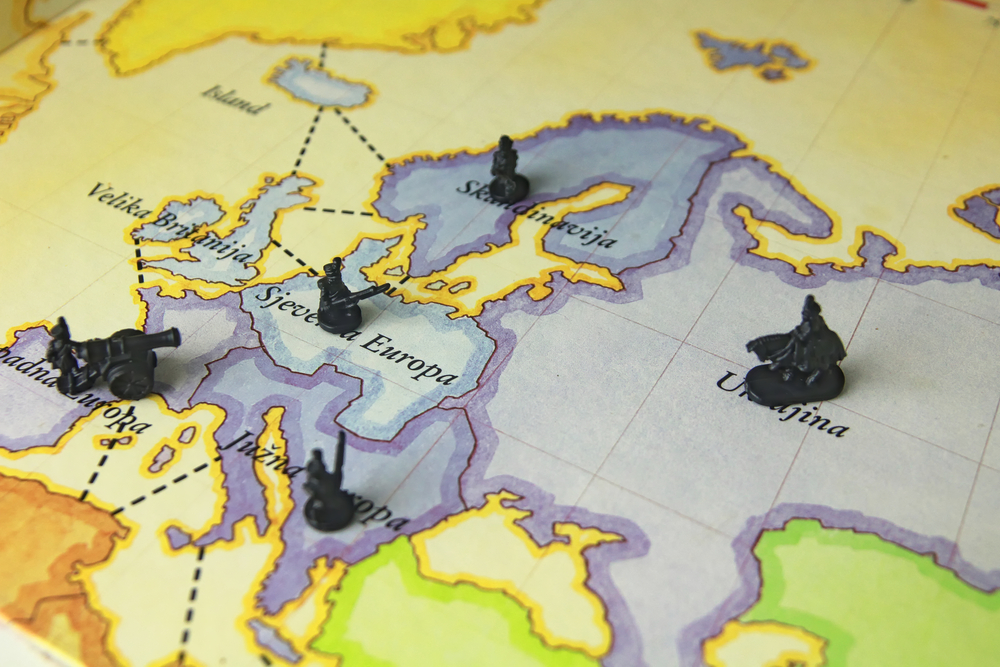 While walking through a toy store in search of the perfect gift for a nephew, I noticed the board game Risk, which touts itself as “The Game of Global Domination.” For those who are unaware, the game usually is won by players who focus on four key themes:
While walking through a toy store in search of the perfect gift for a nephew, I noticed the board game Risk, which touts itself as “The Game of Global Domination.” For those who are unaware, the game usually is won by players who focus on four key themes:
- Strategy — Before you begin the game, you need a strategy to attack new territories while defending your own
- Attack — While you have the option to sit back and defend your territory, it’s better to attack a weakened opponent
- Fortify — When you are finished attacking, it’s often best to fortify your position
- Alliances — While not an official part of the game, creating partnerships is necessary in order to win
These themes also are relevant to the world of real-life fraud risk prevention. The difference is that the stakes are real and much higher.
Let’s look at how these themes play out in real-life fraud risk prevention:
- Strategy — Like in the game, you need a strategy for fraud risk detection and prevention. That strategy must be flexible and adaptable since fraudsters (your enemies) also continuously adapt to changing environments, usually at a much quicker, less bureaucratic pace. For example, your competitors (other countries) may improve their defenses, so fraudsters will mount a more focused attack on you. Fraudsters also may build alliances to attack you from different vectors or channels, resulting in a more sophisticated, comprehensive strike.
- Attack — As the game begins, all players have access to all competitors (countries). This means that fraudsters might have the upper hand in a certain area of the business. You can sit back and try to defend the territory you already “own,” where fraudsters have no traction, but it’s best to be aggressive and attack fraudsters by expanding your coverage across all channels. For example, you might have plenty of controls in place to manage your Web orders (occupied territory), but your call center operations (opponents’ territory) aren’t protected, i.e., the fraudsters “own” this space. You need to attack that channel to drive fraudsters out.
- Fortify — In the game, you can fortify your position after a successful move — that is, move more troops to your newly conquered territories. In real life, you always have the option to fortify your position, and you should constantly look for ways to improve your controls. You can’t afford to maintain on your current position, because fraudsters constantly are looking for weaknesses.
- Alliances — In business, we often are hesitant to share information with our competitors. Fraudsters use this to their advantage. Just as fraudsters act in a coordinated fashion, so must we.
- Use all available resources and partners to shore up your defenses
- Leverage the power of consortium data
- Learn new methods from traditional competitors
- Always team up with internal and external partners to defend your territory
If you apply these themes, you will be positioned for global domination in the fight against fraud risk. You can read more about fraud-prevention strategies in our recent ebook, Protecting the Customer Experience.
As a side note, I’m always ready for a game of Risk, so contact me if you’re interested. But be forewarned — I’m competitive.


